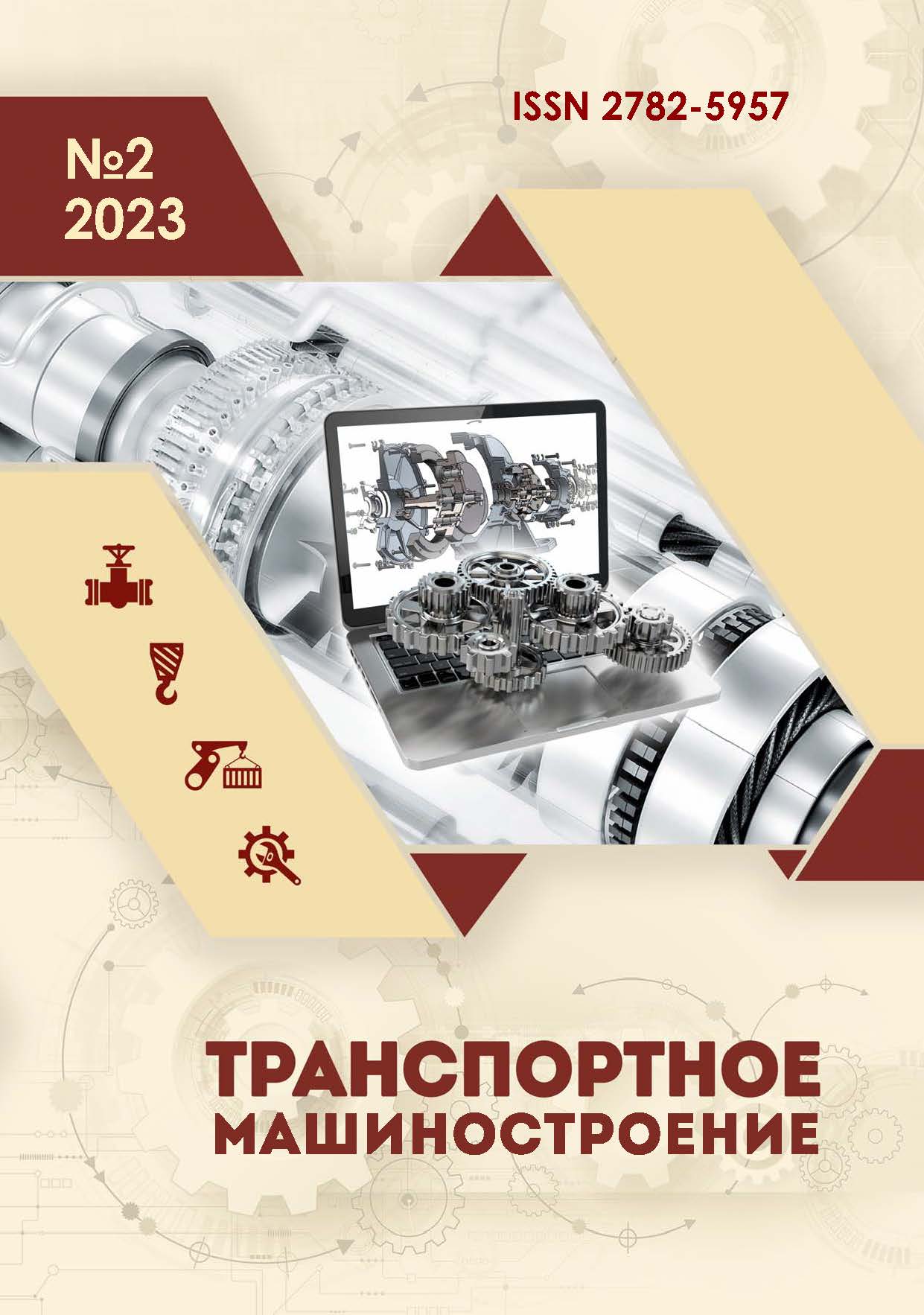doctoral candidate
Almaty, Kazakhstan
graduate student
Yekaterinburg, Ekaterinburg, Russian Federation
employee
Ural State Agrarian University (Department of Metal Technology and Machine Repair, professor)
student
Yekaterinburg, Ekaterinburg, Russian Federation
employee
Almaty, Kazakhstan
employee
Yekaterinburg, Ekaterinburg, Russian Federation
VAC 2.5.10 Гидравлические машины, вакуумная, компрессорная техника, гидро- и пневмосистемы
UDK 62-361 Привод распределительных механизмов посредством только рабочего тела (с регулирующим поршнем или без него)
BBK 344 Общее машиностроение. Машиноведение
Study objective. Giving grounds to the possibility of making pipeline stop valves with minimal mass and size parameters and maximum operational efficiency. The task to which the paper is devoted. Reduction of mass and size parameters of pipeline stop valves. Research methods. The problems are solved according to the basic methods of hydrostatics (Pascal's law) and hydrodynamics (Bernoulli’s principle). The novelty of the work. It consists in finding the possibility of replacing complex, large-sized and massive elements of pipeline control systems with simple elements operating according to the basic laws of hydraulics. Study results. The studies conducted confirm the possibility to simplify significantly the designs of pipeline stop valves, reducing the mass and size parameters and increasing the efficiency and reliability of pipeline systems. Conclusions. Taking into account the peculiarities of the static and dynamic state of the fluid (liquid, gas), using the laws of hydrostatics and hydrodynamics, it is advisable to divide the entire structure of the pipeline stop valves into two interconnected devise components combined in one case: a device that locks the pipeline (stopping the fluid flow), and a device that opens the pipeline (ensuring the fluid flow). At the same time, one of the devices operates due to high-speed (dynamic) fluid pressure, and the second - due to static pressure.
hydrostatics, hydrodynamics, hydraulic drive, pipeline, valves, control system
1. Zharnitskaya NF. Current status and performance evaluation use of water resources in agriculture. News of Higher Educational Institutions. Economics, Finance and Production Management. 2012;3 (13):92-100.
2. Koltsov VP, Popova ES, Gerasimova EO. Pipeline fittings of a new generation. Proceedings of Irkutsk State Technical University. 2011;9:27-35.
3. Pipeline fittings. Pipe valves. The method of power calculation. Standard TSKBA 002-2003. Technical Committee for Standardization: Pipeline fittings and bellows (TC 259). St. Petersburg: Publishing House TSKBA; 2017.
4. Svintsov AP, Mukarzel SA, Rysyev DA. Consumable characteristics of water-collecting fittings. SANTECHNIKA Magazine (Water Supply, Pipes, Fittings). 2005;6:62-68.
5. Gurevich DF. Calculation and design of pipeline fittings. Leningrad: Mashinostroenie; 1969.
6. Zaitseva SG. The use of advanced pipe accessories as a method of reducing water losses and improving energy efficiency. Water Supply and Sanitary Technique. 2012;3:61-65.
7. Sveshnikov VK. Machine hydraulic drives: handbook. Moscow: Mashinostroenie; 1995.
8. Tochilkin VV. Study of operation and characteristics of hydraulic drive elements of metallurgical machines: textbook. Magnitogorsk: Publishing House of the Moscow State Technical University named after G.I. Nosov; 2014.
9. Landau LD, Lifshits EM. Theoretical physics: hydrodynamics. 5th ed. Moscow: FIZMATLIT; 2006.
10. Loitsyansky LG. Mechanics of fluid and gas. 7th ed. Moscow: Drofa; 2003.







